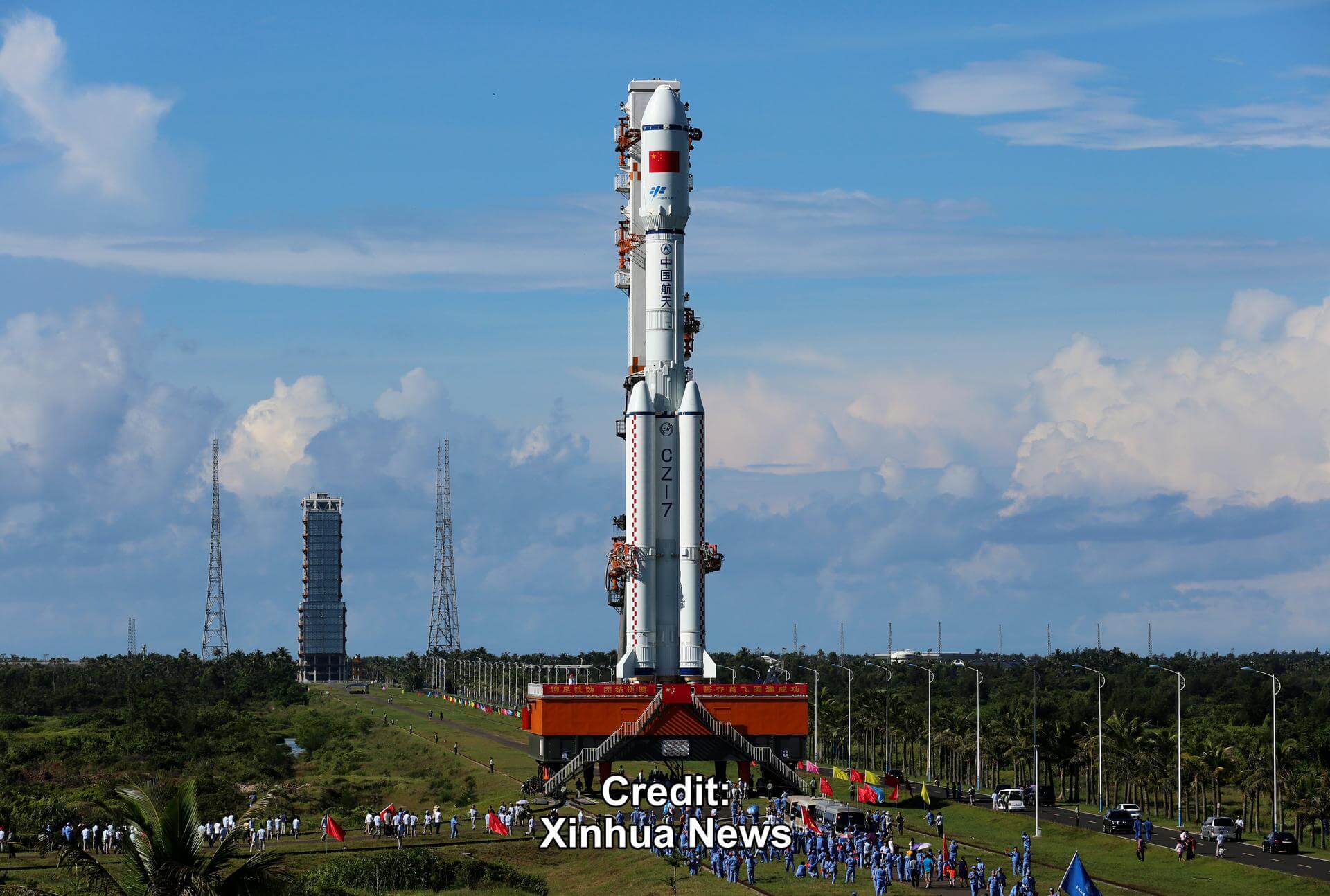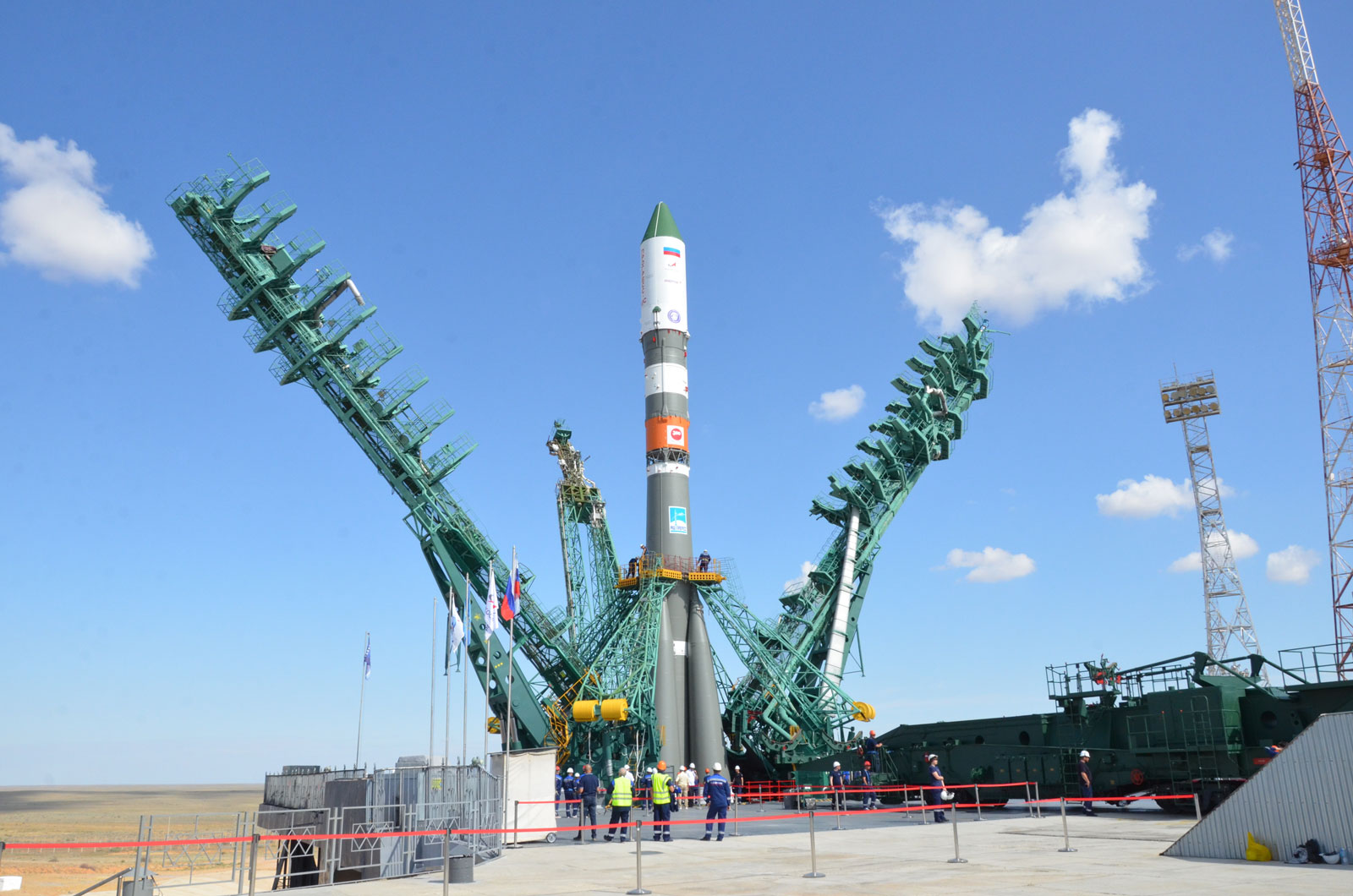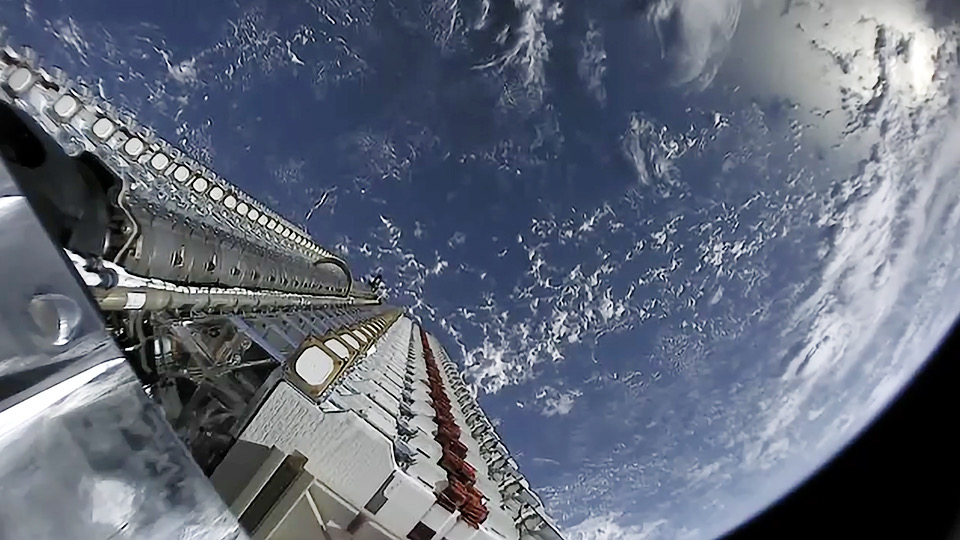· space brief · 6 min read
Space Brief 5 Jul 2025
Today's space highlights include China's first classified Shiyan-28B launch, Boeing's major satellite contract, new NASA budget allocations, and plans for shuttle Discovery's relocation.

📄Top Stories
China successfully launched its first classified satellite, the Shiyan-28B, into orbit, further expanding its experimental capabilities. Boeing secures a $2.8 billion contract for developing next-generation nuclear communication satellites, emphasizing the importance of space in military communications. Meanwhile, a new budget allocation from Congress injects nearly $10 billion into NASA, promising advancements in human spaceflight projects. Additionally, the “One Big Beautiful Bill” allocates funds to relocate the iconic Discovery space shuttle.
📰Detailed Coverage
China’s Classified Shiyan-28B Successfully Launched
In a significant move, China launched the Shiyan-28B satellite from the Xichang Satellite Launch Center. As China’s first classified satellite in the Shiyan experimental series, this launch marks a keystone in advancing the nation’s satellite capabilities, underlining strategic goals in space technology.
While details about the satellite’s mission remain confidential, its launch promises to contribute to China’s strategic and scientific objectives. Our web app supports tracking these pivotal satellites, offering insights into their trajectories and operational timelines.
Read the full story: SpaceNews
Boeing’s $2.8 Billion Satellite Contract
Boeing has landed a $2.8 billion deal with the U.S. government to produce next-generation nuclear communication satellites. These satellites are central to the country’s nuclear command, control, and communications, showcasing Boeing’s role in national security and defense.
The contract underscores the critical integration of advanced satellite technology in military communications, providing secure and reliable networks essential for national defense. Such developments are crucial for professionals and enthusiasts engaged in military and defense technology sectors.
Read the full story: SpaceNews
Congress Approves $10 Billion for NASA
A newly passed budget reconciliation bill by Congress allocates nearly $10 billion to NASA, focusing on enhancing human spaceflight programs. This financial boost will aid in the development of various projects, including potential transfers and upgrades to space shuttle assets.
This funding positions NASA for future advancements in exploration and technology, which will be crucial for long-term human presence in space. Such fiscal support may catalyze new initiatives and collaborations, reflecting a robust national commitment to space exploration.
Read the full story: SpaceNews
Discovery Space Shuttle to Move to Texas
Former President Trump recently signed the “One Big Beautiful Bill,” allocating $85 million to move the space shuttle Discovery from the Smithsonian to Space Center Houston by 2027. This relocation signifies an effort to make historic space achievements more accessible.
This move is part of broader efforts to enrich public engagement and access to the storied history of NASA’s shuttle program. Such relocations not only preserve aerospace history but also stimulate public and educational interest in space endeavors.
Read the full story: Space.com
JWST Captures Spectacular Galactic Collision
A breathtaking new photo from the James Webb Space Telescope showcases a colossal collision between galaxy clusters. Dubbed “Biting the Bullet,” the image advances our understanding of dark matter, a key focus of cosmic research.
While this event isn’t directly related to satellite tracking, it highlights the capabilities of next-gen telescopes in exploring universe phenomena, which can indirectly support satellite observation networks through the development of advanced imaging technologies.
Read the full story: Space.com
🛰️Satellite Spotlight
- Satellite Name: COSMOS 2526
- NORAD ID: 43432
- Launch Date: April 18, 2018
- Mission: Communication
- Orbit: LEO (Low Earth Orbit)
- Operator: VVKOV/VOENT
- Fun Fact: COSMOS 2526 is part of the Blagovest satellite system, designed to enhance communication capabilities for the Russian military.
Track this satellite in real-time on our web app: Track COSMOS 2526
🌌Space Weather
Space weather conditions are currently quiet.
Current
R0 - S0 - G0
Last 24 Hour Maximums
R0 - S0 - G0
Recent Alerts
- Extended Warning: Geomagnetic K-index of 4 expected until July 5, 2025. Possible weak power grid fluctuations and auroras visible in high latitude regions like Canada and Alaska.
- Alert: Geomagnetic K-index of 4 reported, valid from July 4, 2025. Potential for auroras and weak grid fluctuations in the same high latitude areas.
- Warning: Geomagnetic K-index of 4 expected until July 5, 2025. Same impacts as above, valid from July 4, 2025.
Next 24 Hours
-
Radio Blackouts Probability
- Minor: 10
- Major: 1
- Risk: None
-
Solar Radiation
- Probability: 1
- Risk: None
-
Geomagnetic Storming
- Scale: 0
- Impact: none
- Activity: Low
-
Impact Summary
- No risk of radio blackouts.
- No risk of solar radiation storms.
- Geomagnetic outlook: No G1 (Minor) or greater geomagnetic storms expected.
- Significant transient or recurrent solar wind features are not forecast.
- Radiation outlook: No S1 (Minor) or greater solar radiation storms are expected.
- Slight chance for R1-R2 (Minor-Moderate) radio blackouts over July 5-7.
Long Term Forecast
- Solar activity: Expected to be low from June 30 - July 4. Moderate (R1-R2, Minor-Moderate) levels likely from July 5 - July 26, with old solar regions returning.
- Geomagnetic activity: Expected unsettled to active levels with possible G1 (Minor) geomagnetic storms on specific dates.
- Electron flux: High levels at geosynchronous orbit expected on multiple dates due to recurrent CH HSS influence, impacting satellite operators.
🚀 Upcoming Space Launches
July 8
- SpaceX Falcon 9:
- Starlink Group 10-28 from Cape Canaveral Space Launch Complex 40 (05:48 UTC) A batch of satellites for the Starlink mega-constellation, SpaceX’s project for space-based Internet communication system.
July 15
- Gilmour Space Technologies Eris-1:
- Maiden Flight from Bowen Orbital Spaceport (21:30 UTC) Maiden flight of Gilmour Space’s orbital launch vehicle Eris.
July 25
- ROSCOSMOS Soyuz 2.1b/Fregat-M:
- Ionosfera-M 3 & 4 from Vostochny Cosmodrome, Siberia (05:54 UTC) Ionosfera is a constellation of ionospheric and magnetospheric research satellites aimed at understanding natural processes.
July 26
- Arianespace Vega-C:
- CO3D & MicroCarb from Guiana Space Centre, French Guiana (02:03 UTC) CO3D is a constellation designed to map the globe in 3D, while MicroCarb is focused on mapping CO2 sources and sinks globally.
July 30
- Indian Space Research Organization GSLV Mk II:
- NISAR from Satish Dhawan Space Centre Second Launch Pad (11:30 UTC) A collaborative mission between NASA and ISRO to observe Earth’s complex natural processes using advanced radar imaging.
July 31
-
SpaceX Falcon 9:
- Bandwagon 4 from Cape Canaveral SFS (00:00 UTC) A dedicated rideshare flight carrying various small satellites for commercial and government customers.
-
SpaceX Falcon 9:
- Crew-11 from Kennedy Space Center (00:00 UTC) The eleventh crewed operational flight of a Crew Dragon spacecraft to the International Space Station.
-
SpaceX Falcon 9:
- Project Kuiper from Cape Canaveral SFS (00:00 UTC) First of three launches contracted by Amazon for their Kuiper satellite internet constellation.
-
China Aerospace Science and Technology Corporation Long March 7:
- Tianzhou-9 from Wenchang Space Launch Site (00:00 UTC) Eighth cargo delivery mission to the Chinese space station.
-
United Launch Alliance Vulcan VC4S:
- USSF-106 from Cape Canaveral SFS, Space Launch Complex 41 (00:00 UTC) A mission for the United States Space Force deploying payloads including the NTS-3 demonstration navigation satellite.
Note: Launch dates and times are subject to change due to technical or weather considerations.

Maurice Stellarski





